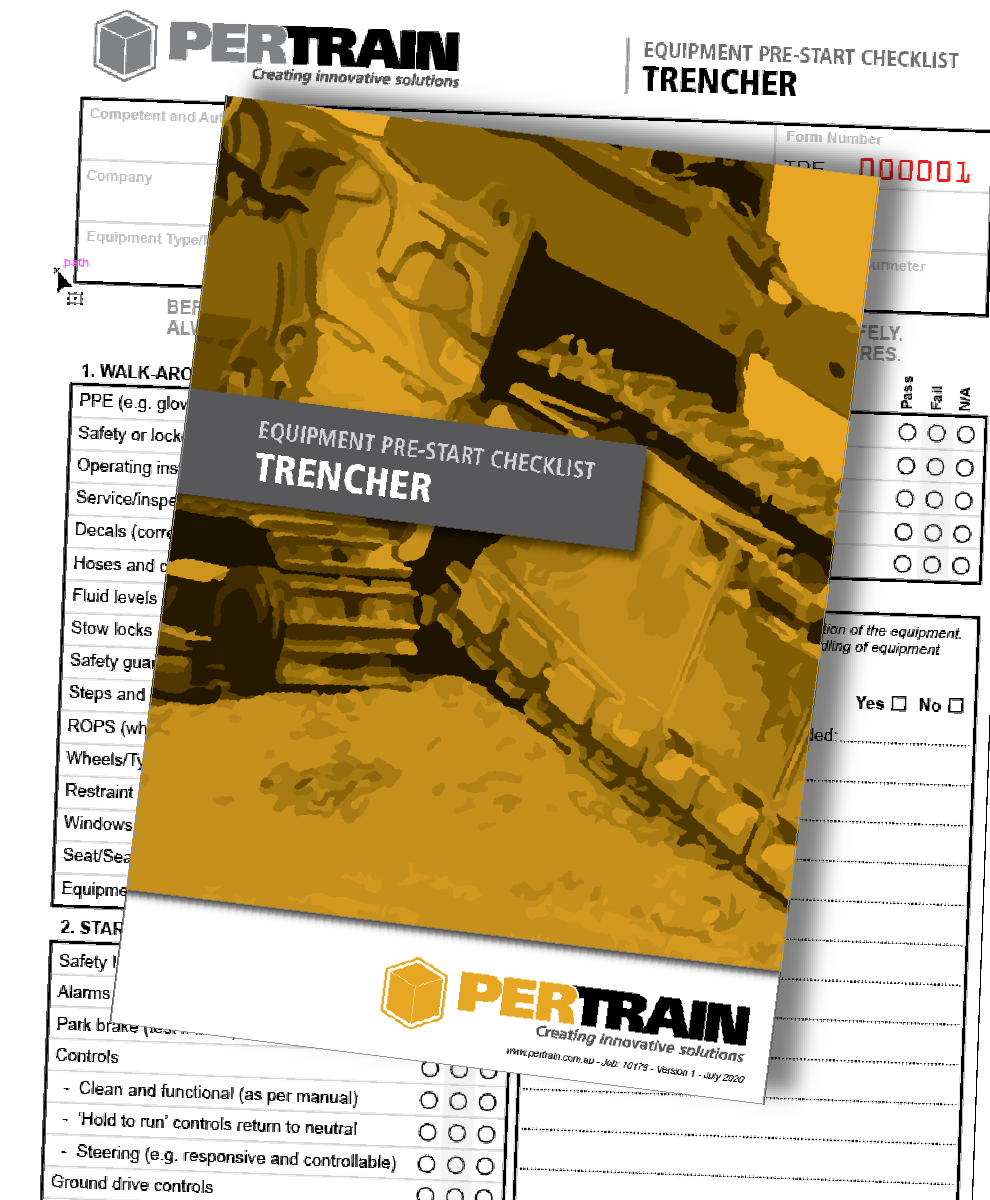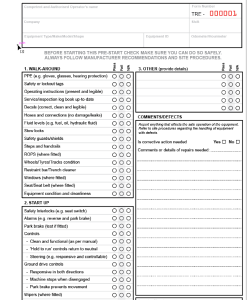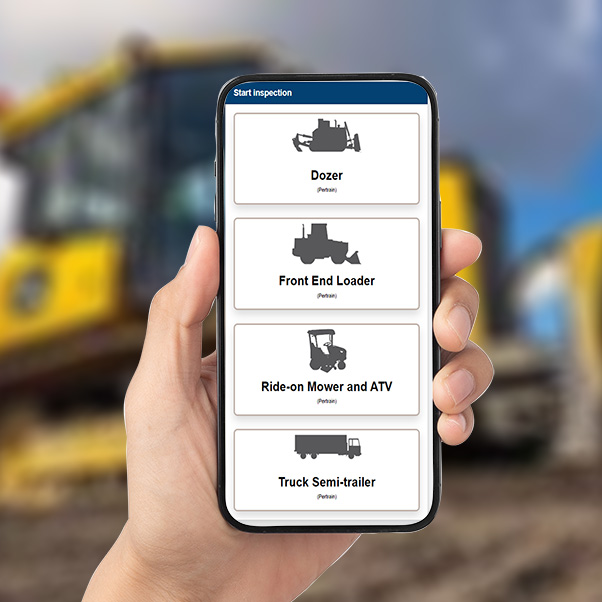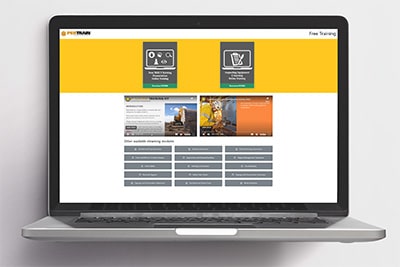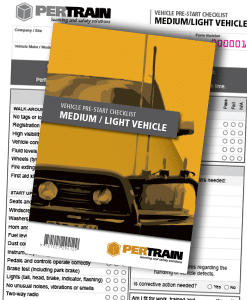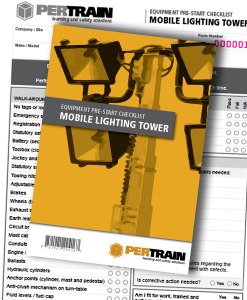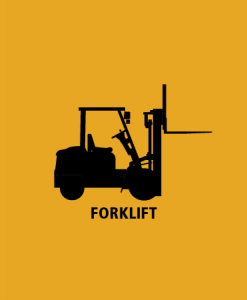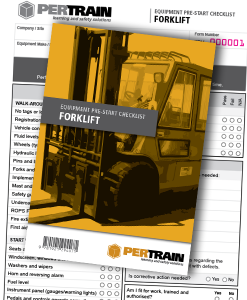Trencher Pre-Start Checklist Book
Our Trencher Pre-Start Checklist Book is designed by industry professionals to assist machinery owners and operators in meeting their obligations while promoting a safe working environment.
Purpose of a Trencher Prestart Book:
- Identify faults or hazards early to prevent accidents or breakdowns.
- Maintain legal compliance with workplace safety laws.
- Record inspections and defects for auditing and maintenance tracking.
- Support a culture of safety and responsibility among operators.
What’s Included in a Trencher Prestart Book?
-
Equipment Details:
- Trencher make, model, and serial number.
- Operator name and signature
- Odometer/hours
- Date and time
- Plant number or fleet ID.
-
Prestart Inspection Checklist:
- Cab & Controls: seatbelts, horn, wipers, gauges, steering, foot pedals
- Fluids: Oil levels, coolant, fuel, hydraulic fluid.
- Brakes & Suspension: park brake, service brake function
- Body & Chassis: frame, tray, hinges, wear plates
- Electrical: Lights, alarms, horn, battery condition.
- Tracks or Wheels: pressure, damage, wear, condition, wear
- Cutting teeth/blades: wear and damage
- Boom and chain: alignment, tension, damage
- Lights & Indicators: headlights, brake lights, work lights
- Safety Equipment: fire extinguisher, UHF radio, beacon, reversing alarm
- Structural Integrity: Cracks, damage, loose bolts.
- Emergency Stops & Warning Systems
-
Defect Reporting Section:
- Space to record any issues found during the inspection.
- Area for operator’s signature and supervisor’s acknowledgment.
-
Maintenance Log:
- Notes on repairs or servicing conducted.
-
Operator Sign-Off:
- Confirmation that the prestart has been completed.
- Acknowledgment of any identified faults.
Who Uses a Trencher Prestart Book?
- Operators – Complete the checklist before operating the truck.
- Supervisors & Safety Officers – Review logs to ensure compliance.
- Maintenance Teams – Use records to schedule servicing and repairs.
- Safety Officers: Audit the books for compliance and incident investigations.
Why is it Important?
- Prevents breakdowns and reduces costly repairs.
- Improves safety by identifying hazards before operation.
- Meets workplace and regulatory requirements (e.g., Australian WHS laws).
- Provides a legal record of equipment inspections in case of an incident.


